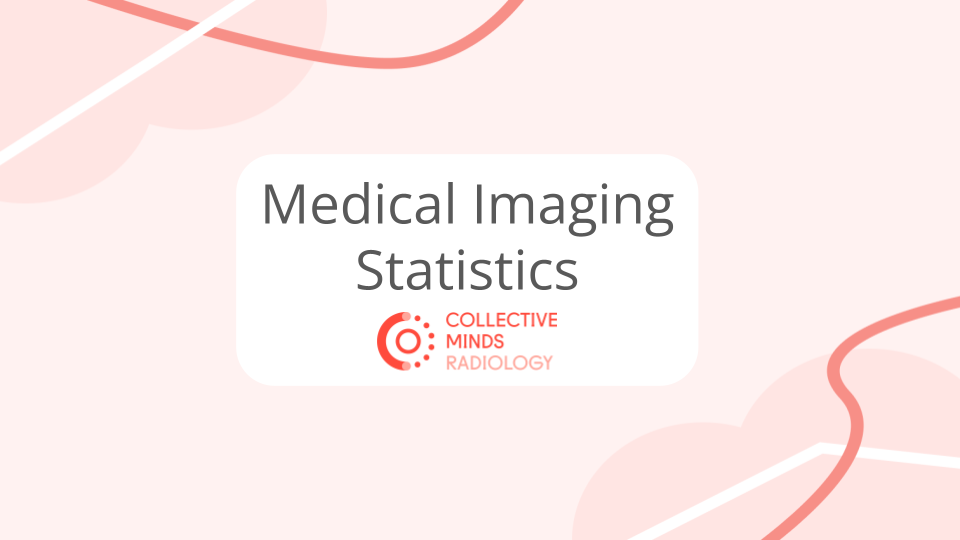How Many Radiologists Are There in the World?

There are approximately 345,475 radiologists worldwide as of 2023, averaging 45 radiologists per million people globally. However, this distribution varies significantly across different regions and income levels.
Global Distribution of Radiologists
The worldwide distribution of radiologists reveals stark disparities between regions and economic zones. According to a comprehensive analysis by Gassan Azem, the distribution breaks down as follows:
High-Income Countries
High-income nations, including the United States, Europe, Japan, Australia, and New Zealand, employ 33% of the world's radiologists while serving only 16% of the global population. In these regions, there are approximately 97.9 radiologists per million inhabitants.
Upper-Middle-Income Countries
The largest concentration of radiologists (54%) works in upper-middle-income countries, primarily in Middle and South America and parts of Asia. These professionals serve a population of 2.85 billion people.
Also Read: Engaging The Next Generation Of Radiologists
Lower-Middle and Low-Income Countries
A concerning disparity exists in lower-middle-income countries, where only 13% of radiologists serve a population of 2.91 billion people. The situation is even more critical in low-income countries, where a mere 794 radiologists (0.2% of the global total) serve 697 million people, resulting in less than 2 radiologists per million inhabitants.
The United States Perspective
In the United States, there are approximately 49,070 practicing radiologists, making it one of the countries with the highest concentration of radiologists per capita. However, even this number is insufficient to meet growing demands.
"In a report released by the Association of American Medical Colleges (AAMC), the data highlighted an urgent need for physicians with a radiologist shortage of nearly 122,000 by 2032." - Aidoc Healthcare Report
Global Shortage and Future Challenges
The shortage of radiologists is a worldwide concern that's expected to worsen. Several factors contribute to this growing crisis:
-
Aging Population: According to the World Health Organization, by 2050, 22% of the global population will be over 60 years old, increasing the demand for imaging services.
-
Technological Advancement: The rapid evolution of imaging technology requires continuous education and adaptation from radiologists.
-
Uneven Distribution: The concentration of radiologists in high-income countries creates significant access barriers in other regions.
Also Read: How to Become a Radiographer in the UK
Solutions and Future Outlook
To address these challenges, several initiatives are being implemented:
- Increased Training Programs: Countries are working to expand residency positions and training opportunities.
- Remote Services: Teleradiology is helping bridge geographical gaps in service delivery.
- Technology Integration: AI and automation tools are being developed to support radiologists' workflow.
- International Cooperation: Programs to support training and resource sharing between countries.
Summary
While there are 345,475 radiologists worldwide, their distribution is highly uneven, with significant shortages in many regions. The growing demand for imaging services, coupled with an aging global population, makes addressing this shortage a critical healthcare priority for the coming decades.
FAQ
What is the average number of radiologists per million people globally?
The global average is 45 radiologists per million people, though this varies significantly by region.
Which regions have the highest concentration of radiologists?
High-income countries, including the United States, Europe, Japan, Australia, and New Zealand, have the highest concentration, with approximately 97.9 radiologists per million inhabitants.
How many radiologists are there in the United States?
There are approximately 49,070 practicing radiologists in the United States as of 2023.
Is there a global shortage of radiologists?
Yes, there is a significant global shortage of radiologists, with projections indicating the shortage will worsen, particularly in low and middle-income countries.
Reviewed by: Mathias Engström on November 2, 2024




